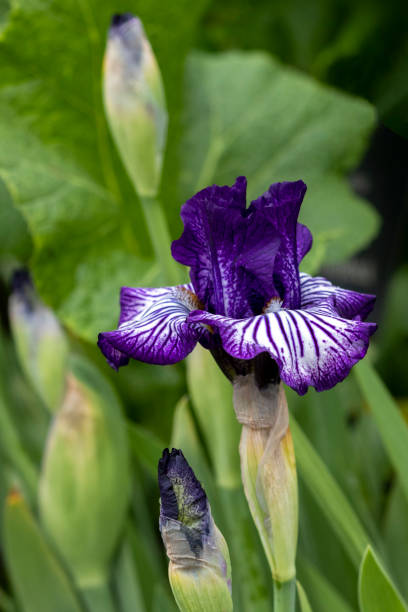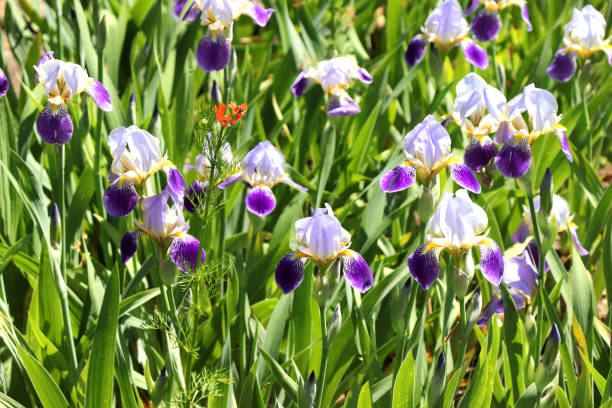How Much Sun Do Iris Need?
Iris needs at least six (6) hours of direct sunlight per day. They can also handle partial shade. This helps promote a strong root system, but creating too much shade may shorten the flowering period. Irises do well in most parts of North America. They can be hardy from zones 5 to 9 and bloom best in full sun. However, they can also thrive in partial shade. You can help Dutch irises spread by planting them in a sunny spot where the soil gets hot and dry in the summer. This way, they’ll be able to grow all year long.
Table of Contents
How Much Sun Do Iris Need in Early Spring?
Dwarf irises take advantage of the early spring sun and are among the first spring bulbs to bloom, with regal blue and purple blooms accented with yellow and white streaks. These iris bulbs are easy and hardy to grow in most conditions, whether in full sun or partial shade; plant alone or in combination with other spring bulbs for a stunning display of spring color.

How Much Sun Do Iris Need in Perennial Border?
Dutch irises may feel so at home in your perennial border during the summer that they may return year after year. They should be treated as annuals if you live in a colder, drier climate, and you should plant new bulbs in the fall to replace the old ones. Irises can be grown in containers for an up-close look at their delicate beauty; combine them with other bulbs for a living spring bouquet.
Can Irises Grow in Shade?
Yes, Irises can grow in the shade, but they will likely suffer in terms of flower quality and size. Shade-grown irises will have a slightly greener hue and a slightly slower growth rate than irises grown in full sun. Additionally, irises in the shade may be more susceptible to diseases and pests. If you are growing irises in the shade, be sure to keep an eye on them and make any necessary adjustments to the planting or care instructions.

Selection and Preparation of a Planting Location
- Irises bloom at their best when they are exposed to direct sunlight. However, they can tolerate only a half-worth day of sunlight, which is not ideal. They will not bloom if there is insufficient light.
- Other plants must not shade out bearded irises, and many of them do best in a dedicated bed all to themselves.
- They prefer soil that is fertile and neutral to slightly acidic in pH. Learn more about preparing the soil for planting and how to use organic soil amendments in your garden.
- It is critical to have good drainage all year; irises prefer “wet feet, but dry knees,” as the saying goes. In the winter, they will not tolerate wet soil conditions.
- Till or garden fork the soil to 12 to 15 inches. Then add a 2- to 4-inch layer of compost to the top of the soil to hold it together.
In Which Season Should Iris Be Planted?
- Plan to plant irises in late summer or early fall, ideally when nighttime temperatures are between 40-50°F (4.44-10°C) or higher. This provides them with plenty of time to establish themselves before the upcoming winter season. Because they go dormant in early to mid-summer, it is best to plant tall bearded iris varieties closer to the end of the growing season.
- It’s fine to start planting your new bare-root rhizomes or irises as soon as they arrive in a container, even if you received them earlier in the year. If you plant them now, rather than waiting for the ideal time, you will have a better chance of success.
